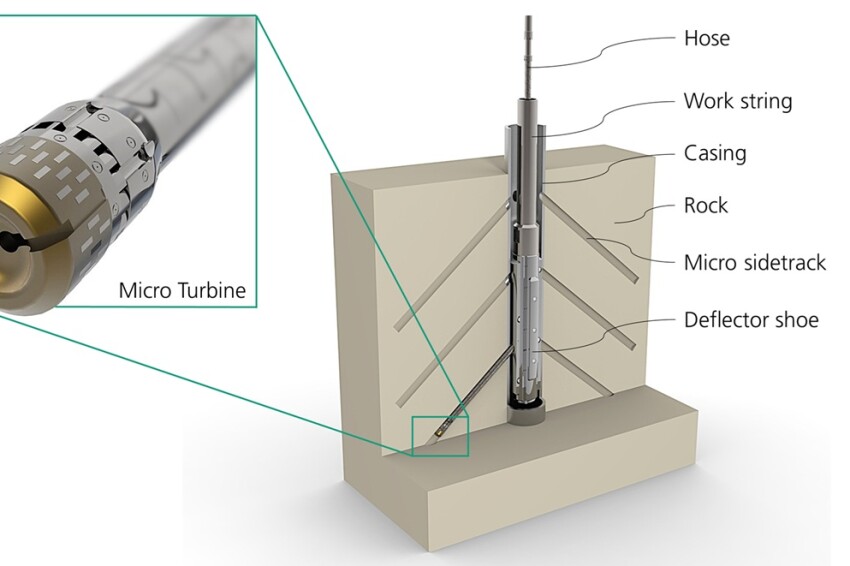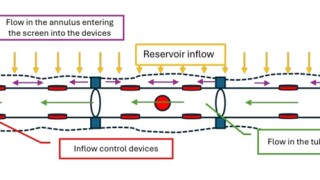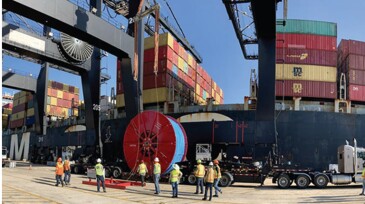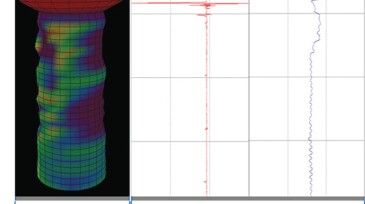Completions
A field test study examines micro turbine drilling in a clay formation that allows steel casing and formation to be drilled in a single operation.
Aurora Innovation and Detmar Logistics have inked a deal for 30 autonomous trucks that will begin hauling sand in the region next year.
This paper compares various drainage strategies and well completion configurations on the installation of inflow control technology by considering energy efficiency.
-
This paper describes a new concept for a reel mover used for coiled tubing deployment and operation.
-
In this year’s feature are two case histories and an equipment-development paper, all of which are, by accident rather than design, from operations undertaken in the Gulf States. Each, in its own way, exemplifies the engineering decisions and balances that must be weighed to provide the best solution within limiting parameters and the considerable effort this may take…
-
It is pleasantly surprising to find a revival in sandstone acidizing. For many years, sandstone acidizing was becoming almost a lost art, overshadowed by carbonate acidizing and hydraulic fracturing.
-
The authors describe a self-breaking, formation-damage-free, novel nanoparticle-based gelled-acid system to replace polymer-based gelled-acid systems.
-
This paper illustrates a novel methodology that enabled the safe application of coiled tubing abrasive perforation to increase production in a sour horizontal extended-reach oil producer.
-
This paper presents a new real-time method to estimate stage-to-stage interference and well-to-well interference and their implications on completions efficiency.
-
SponsoredWell-monitoring technology gives oil companies the data and insights to boost production and derive maximum value from oil and gas wells.
-
Oil companies would have to pay a premium for the hardware and services needed for rapid expansion. But is that likely?
-
Liberty will be integrating Seismos’ measurements-while-fracturing system into its completions service to analyze near-wellbore fracture networks and create a near-field connectivity index.
-
This paper presents an optimization project that was implemented in the Khazzan and Ghazeer fields of Oman to optimize the post-fracturing cleanup and testing period to reduce hydrocarbon flaring and CO2 emissions as well as the testing cost without compromising the overall well cleanup and testing objectives.













